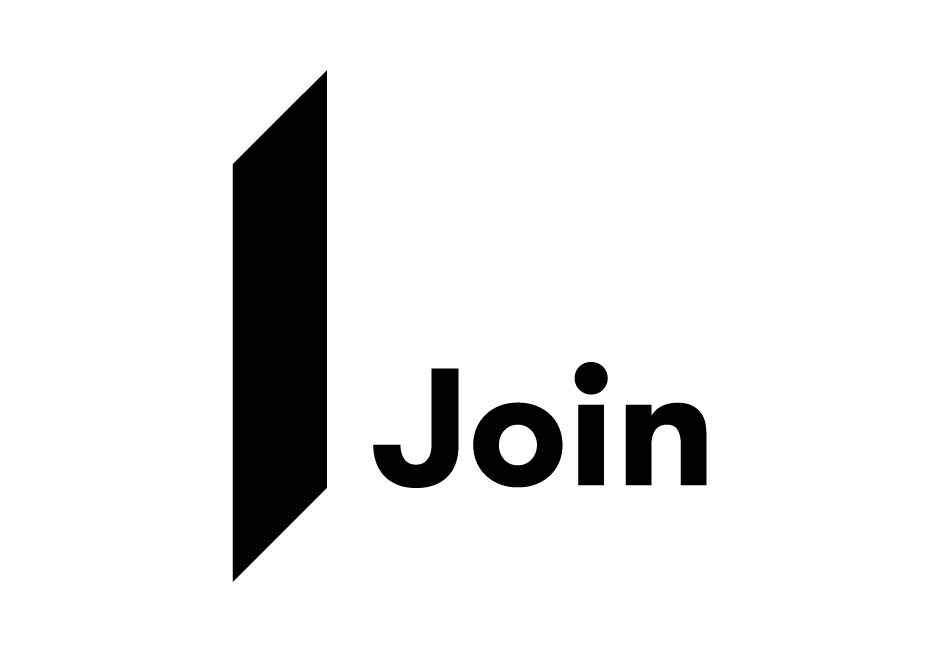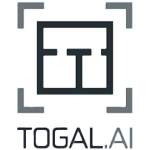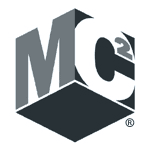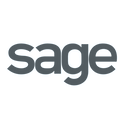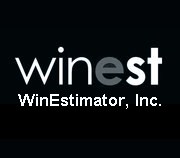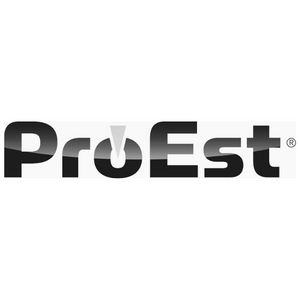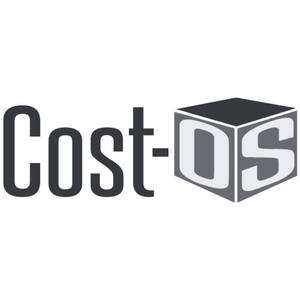De-Risking in Construction: A Proactive Approach to Risk Management

In today’s construction landscape, managing risk isn’t optional - it’s essential. Projects are larger, timelines are tighter, and the margin for error is smaller than ever before. One misstep or overlooked risk can result in costly delays, fractured stakeholder trust, and long-term damage to a firm’s reputation. That’s why the construction industry is shifting away from reactive firefighting and toward strategic foresight.
Garrett Vance, a senior industry specialist with Join, says, “The worst risk is one that’s not seen because it catches you off guard.” This insight illustrates why risk management is no longer a support function, but a leadership priority.
Traditionally, risk was addressed only when things went wrong. However, teams can no longer afford to wait because a single material delay can impact dozens of downstream activities. Modern risk strategies demand early identification, clear communication, and continuous adaptation. This shift marks the rise of de-risking in construction, a proactive mindset that reshapes how successful teams plan, communicate, and build.
What is Risk Management?
Risk management is the structured process of identifying, evaluating, and addressing potential events that could negatively affect a project’s objectives. This involves assessing any factors that may negatively impact budgets, timelines, safety, or stakeholder expectations in construction.
Global standards, such as ISO 31000, provide a framework for risk management across various industries. They emphasize a risk identification cycle: assessment, mitigation, and monitoring. This approach is increasingly relevant to construction professionals managing multi-million-dollar projects with complex interdependencies.
A solid risk management plan outlines how risks will be managed throughout the project duration. It includes roles, responsibilities, communication protocols, contingency strategies, and decision thresholds. Without this structure, teams may respond to issues inconsistently or too late to make a meaningful impact.
Many construction firms are also embracing enterprise risk management (ERM), a broader approach that views risk holistically across the entire organization. ERM extends beyond project-level threats to encompass reputational, market, and strategic business risks that may impact the company’s brand.
Understanding Project Risks
Not all risks are created equal. Risk comes in many forms in the construction industry, each with its own triggers, impacts, and mitigation strategies. Understanding these risk categories is the first step toward building smarter, more resilient projects.
Construction risk typically falls into one or more of the following buckets:
- Schedule risks, where unexpected delays can derail milestones
- Cost risks, stemming from price fluctuations or estimation errors
- Environmental risks, including weather events, soil conditions, or regulatory issues
- Logistical risks, such as supply chain disruptions or equipment failures
- Technological risks, especially when integrating new systems or digital workflows
“The worst risk is one that’s not seen because it catches you off guard,” says Vance, underscoring the importance of thorough, ongoing analysis.
Beyond project-specific issues, firms also face broader operational risks, including factors such as labor shortages, subcontractor performance, or changes in laws and codes that impact how work is done. These risks may not be tied to a single project, but their potential impact can be far-reaching.
It’s also important to recognize that risk includes both threats and opportunities. While most teams focus on avoiding problems, the best risk managers also identify areas where taking a calculated chance could result in innovation or competitive advantage.
By conducting early and recurring risk assessment exercises, teams can categorize and prioritize these challenges, ensuring that no issue, big or small, goes unnoticed or unaddressed.
What is De-Risking in Construction?
While risk management has long been a part of project planning, de-risking in construction represents a more proactive, strategic evolution of the concept. It’s not just about responding to problems after they occur - it’s about anticipating them early, communicating openly, and building safeguards before they become costly obstacles.
In traditional workflows, risk was often viewed as an externality. It was something to brace for, but not necessarily something you could influence. De-risking flips that assumption. It begins with a rigorous risk assessment during the project's earliest phases, often during pre-construction, and continues with ongoing monitoring throughout the project’s life.
A key de-risking component is risk reduction. With this, teams intentionally adjust scope, materials, delivery strategies, or team responsibilities to reduce risks before they escalate. This is especially important in today's complex and fast-moving construction environment, where even small changes can have a cascading effect on budgets and timelines.
De-risking is not a one-size-fits-all process. It requires tailored planning, continuous input from cross-functional stakeholders, and the flexibility to respond to evolving conditions. It also benefits from transparency because when all team members understand the types of risk involved and are empowered to raise concerns early, the likelihood of surprise disruptions drops dramatically.
The De-Risking Strategy: Practical Methods for Mitigating Risks
Successfully managing risk on a construction project isn’t about eliminating uncertainty; it’s about preparing for it. De-risking strategies focus on anticipating challenges and building systems to neutralize or minimize their impact. This approach transforms pre-construction planning into a powerful shield against surprises.
One of the first and most important steps is risk identification. Teams should comprehensively review historical data, scope complexity, location-specific issues, and contract obligations before a project begins. Involving architects, engineers, contractors, and owners in early conversations ensures nothing is overlooked.
From there, the focus shifts to mitigating risks. This means going beyond simple acknowledgment and taking active steps to reduce vulnerability. For example, if one supplier has a history of late deliveries, a mitigation plan might include sourcing a backup vendor or building extra time into the procurement schedule.
Nicole Waits of Ryan Companies highlighted how de-risking is often undermined by silos: “Even though we have all these services in-house, we still struggled with departments working in isolation. We looked for ways to collaborate and now get insights into how everybody views things.” Open communication between teams is critical to avoiding blind spots.
Flexibility is another core principle. Creating adaptive project schedules and contingency budgets allows teams to pivot quickly when the unexpected occurs. These buffers are not signs of inefficiency but are strategic tools that enable faster recovery when plans shift.
The best risk management programs include regular reassessments throughout the project life cycle. Construction is dynamic, and risk evolves with progress. Requiring check-ins at key milestones ensures new risks are addressed before they grow.
Successful de-risking also requires a cultural commitment. Teams that treat risk management as a living, breathing discipline instead of a box-checking exercise are best positioned to navigate complexity and deliver successful outcomes.
Tools and Technologies for Risk Management
In today’s fast-paced construction environment, technology is no longer a luxury; it’s a necessity. Advanced platforms empower teams to identify, track, and resolve risks with unprecedented accuracy and speed. This transformation enables smarter planning, better coordination, and stronger project outcomes.
Vance often emphasizes the importance of early insight, referencing the MacLeamy Curve to illustrate how decisions made at the start of a project yield the highest value. Digital platforms like Join, DESTINI Estimator, and PlanRadar make it easier to harness those early opportunities. These tools help project teams track open issues, document emerging threats, and maintain real-time visibility across all stakeholders.
Firms with robust risk management processes that integrate these technologies experience faster response times and fewer surprises. Risk registers are no longer static spreadsheets, but are now interactive and collaborative tools that evolve as projects progress.
One often-overlooked partner in construction risk is the insurance company. These organizations increasingly rely on data from risk platforms to assess exposure and recommend or require mitigation strategies. Digital tools support internal planning, compliance, and financial protection.
As the construction industry becomes more digitized, successful teams will pair strategic thinking with powerful technology. The right tools make it easier to see around corners, align cross-functional teams, and adapt to shifting conditions. In other words, they make risk more manageable, and that’s a competitive edge no team can afford to overlook.
The Future of Construction Risk Management
In a field where delays, budget overruns, and compliance failures can derail even the most promising projects, the ability to foresee and respond to risk has become a true differentiator. De-risking is no longer just a best practice but a necessity for teams who want to lead.
Tomorrow’s construction leaders will embrace proactive planning, cross-functional collaboration, and intelligent tools. They will invest in training, challenge assumptions, and turn risk into a shared responsibility across the project team.
It’s time to stop seeing risk as a problem and start viewing it as an opportunity to lead smarter, build better, and earn lasting trust. Are you ready to elevate your approach to risk? Start now—because the cost of waiting is always greater than the cost of being prepared.
Note: This blog content is extracted from Beck Technology’s Beyond The Estimate podcast held in Spring 2025. Special thanks to Nicole Waits of Ryan Companies, Garrett Vance of Join, and Jan Michael Beran of Beck Technology for sharing their insights.

-1.png?width=112&height=112&name=image%20(4)-1.png)

